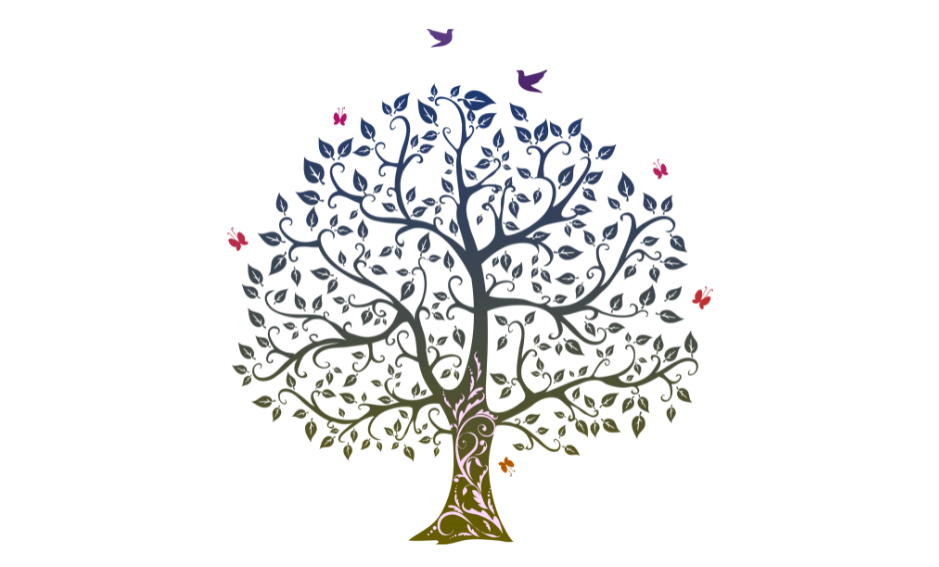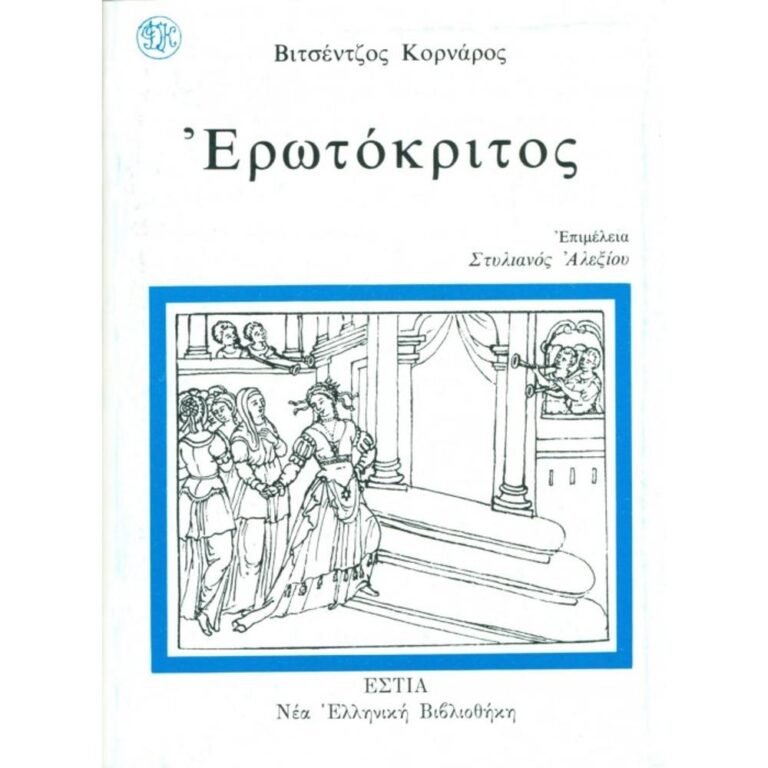Guardians of Crete: Mysteries of the Evil Eye & Amulets
In the heart of the Mediterranean, where the sea meets the sky in a dazzling array of blues, lies Crete, an island steeped in history, myth, and tradition. Among the many cultural threads that weave the rich tapestry of Cretan society, the belief in the Evil Eye, known locally as “To Mati,” stands out as a particularly vivid strand intertwined with practices of protection and healing that have evolved over centuries. This article delves into the depths of this belief system, exploring its origins, manifestations, and the amulets used as shields against this unseen force.
Understanding the Evil Eye: A Gaze That Curses
The concept of the Evil Eye is not unique to Crete or even Greece; it is a belief that spans various cultures and epochs, finding its roots in ancient civilizations around the world. However, in Crete, as in much of Greece, it holds a special place in the cultural consciousness, embodying fears and beliefs about envy and malice.
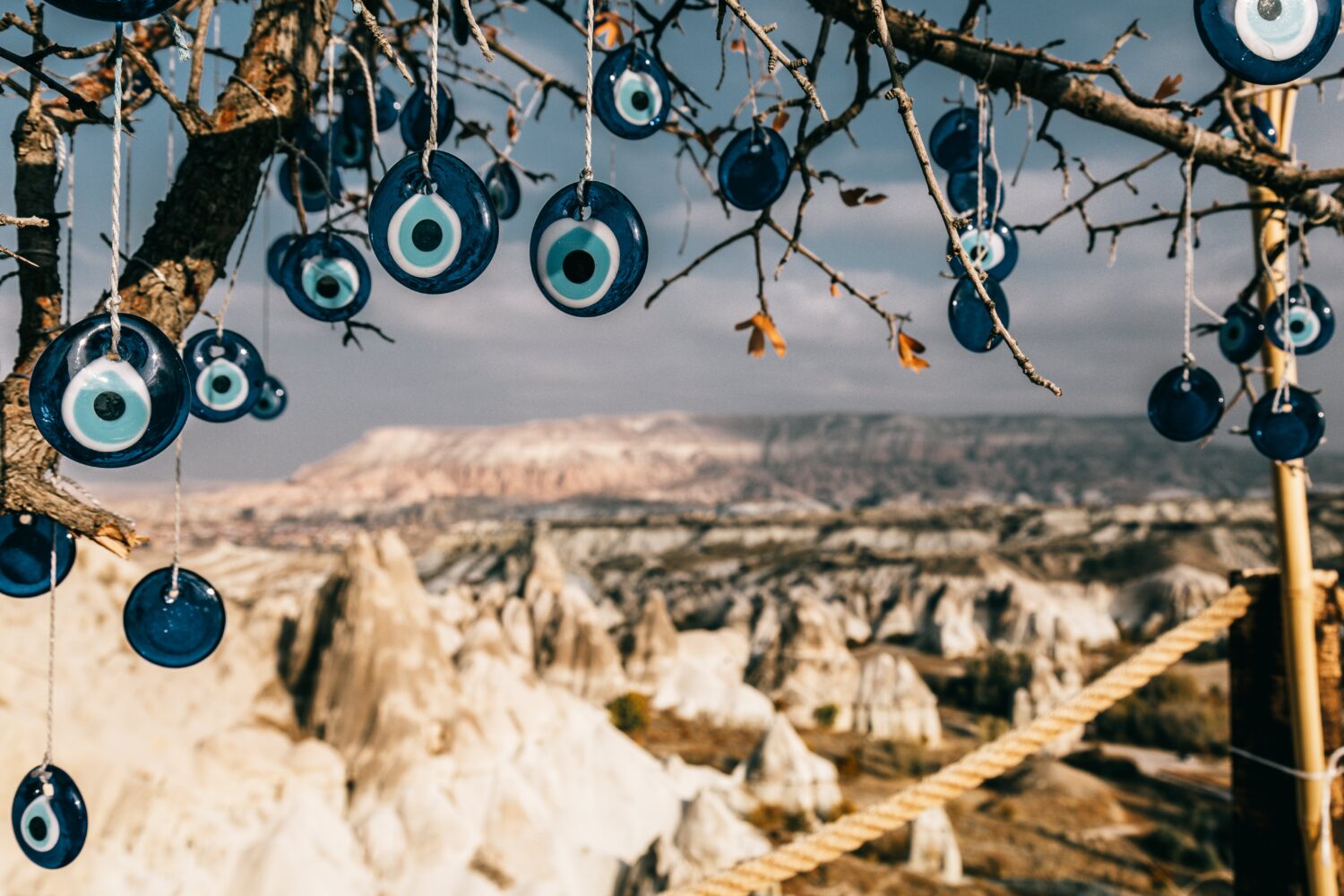
Historical and Cultural Origins
The Evil Eye, or “To Mati” in Greek, refers to a curse believed to be cast by a malevolent glare, usually given to a person when they are unaware. The belief suggests that envy or praise can inadvertently cause harm to the recipient, leading to misfortune or illness. This concept is deeply embedded in Greek mythology and is mentioned in several ancient texts, indicating its long-standing presence in Greek culture.
In Crete, the belief in the Evil Eye is a reflection of the broader Greek culture, intertwined with local traditions and superstitions. The island’s history, a tapestry of conquests and exchanges with different civilizations, has enriched its cultural heritage, making the Evil Eye belief a melting pot of various influences, from the Byzantine to the Ottoman and beyond.
Psychological and Social Dimensions
The belief in the Evil Eye goes beyond the supernatural, touching upon psychological and social aspects of human interaction. It reflects the human tendency to explain misfortune through the malice of others, serving as a mechanism to address feelings of envy and competition within the community. In Crete, where the sense of community is strong, the Evil Eye encapsulates the complex dynamics of social cohesion and rivalry.
Protective Amulets and Practices in Crete
To counteract the effects of the Evil Eye, Cretans, like many cultures that share this belief, have developed a variety of protective measures, including the use of amulets, rituals, and prayers. These practices are a testament to the resilience of cultural traditions and offer insight into the Cretan way of life, where the spiritual and the material worlds are deeply interconnected.
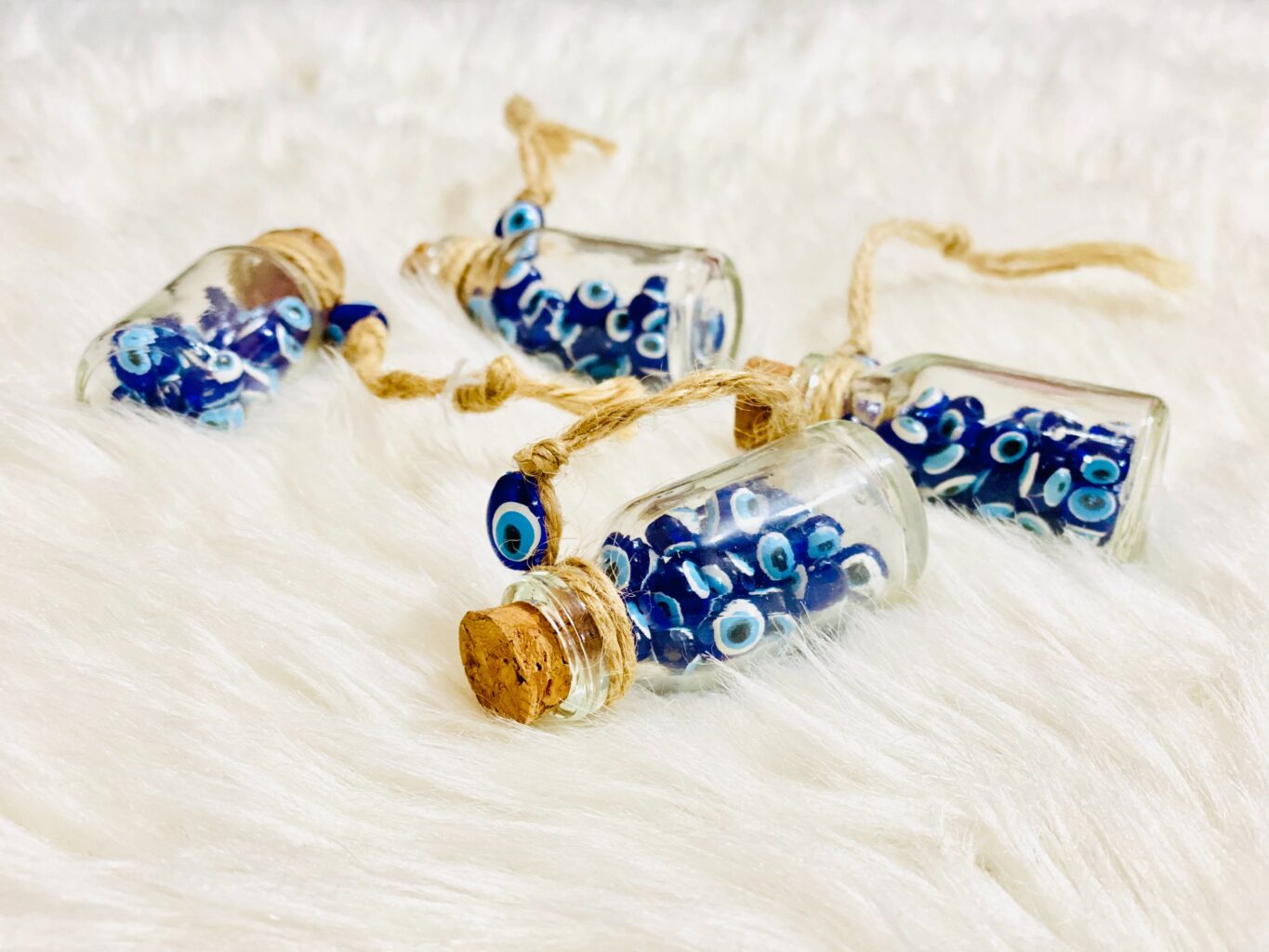
The Blue Eye Amulet: A Shield Against Envy
The blue eye amulet is the most iconic symbol of protection against the Evil Eye in Crete, as in the rest of Greece. This amulet, often made of glass, stone, or ceramic, features a circle or teardrop shape with concentric circles of blue and white, mimicking an eye. The blue colour is believed to counteract the Evil Eye by reflecting the malevolent gaze back to the sender.
These amulets are ubiquitous in Crete, adorning homes, businesses, and even vehicles. They are also worn as jewellery, serving both as a protective talisman and a fashionable accessory. The blue eye amulet is a personal shield and a cultural emblem, reflecting the Cretan spirit of defiance and resilience.
Other Amulets and Symbols
Apart from the blue eye, other amulets and symbols are used in Crete to ward off the Evil Eye. Among these, garlic, a symbol of health and vitality, is often hung in homes or carried as a talisman. Additionally, the cross, reflecting the island’s deep Orthodox Christian faith, is frequently employed as a protective symbol against all forms of evil, including the Evil Eye.
Rituals and prayers also play a crucial role in protection against the Evil Eye. Special prayers, known as “xematiasma,” are recited by individuals believed to have the power to heal those affected by the Evil Eye. These individuals, often elderly and respected members of the community, use a combination of prayer, water, and olive oil in a ritual that is both a spiritual cleansing and a reaffirmation of community bonds.
The Role of Amulets in Daily Life
In Crete, amulets and protective symbols are not mere superstitions but integral to daily life, reflecting a worldview where the spiritual and material realms are interconnected. These amulets are constant reminders of the power of faith, community, and tradition in facing life’s challenges. They are passed down through generations, each carrying stories and memories, making them protective talismans and carriers of cultural identity.
A Blend of Tradition and Modernity
The belief in the Evil Eye and the use of protective amulets in Crete offers a fascinating glimpse into the island’s cultural psyche, where ancient traditions coexist with the challenges of modernity. In a world where the forces of envy and malice are ever-present, these practices provide a shield and a connection to a shared heritage, reinforcing the values of community, faith, and resilience.
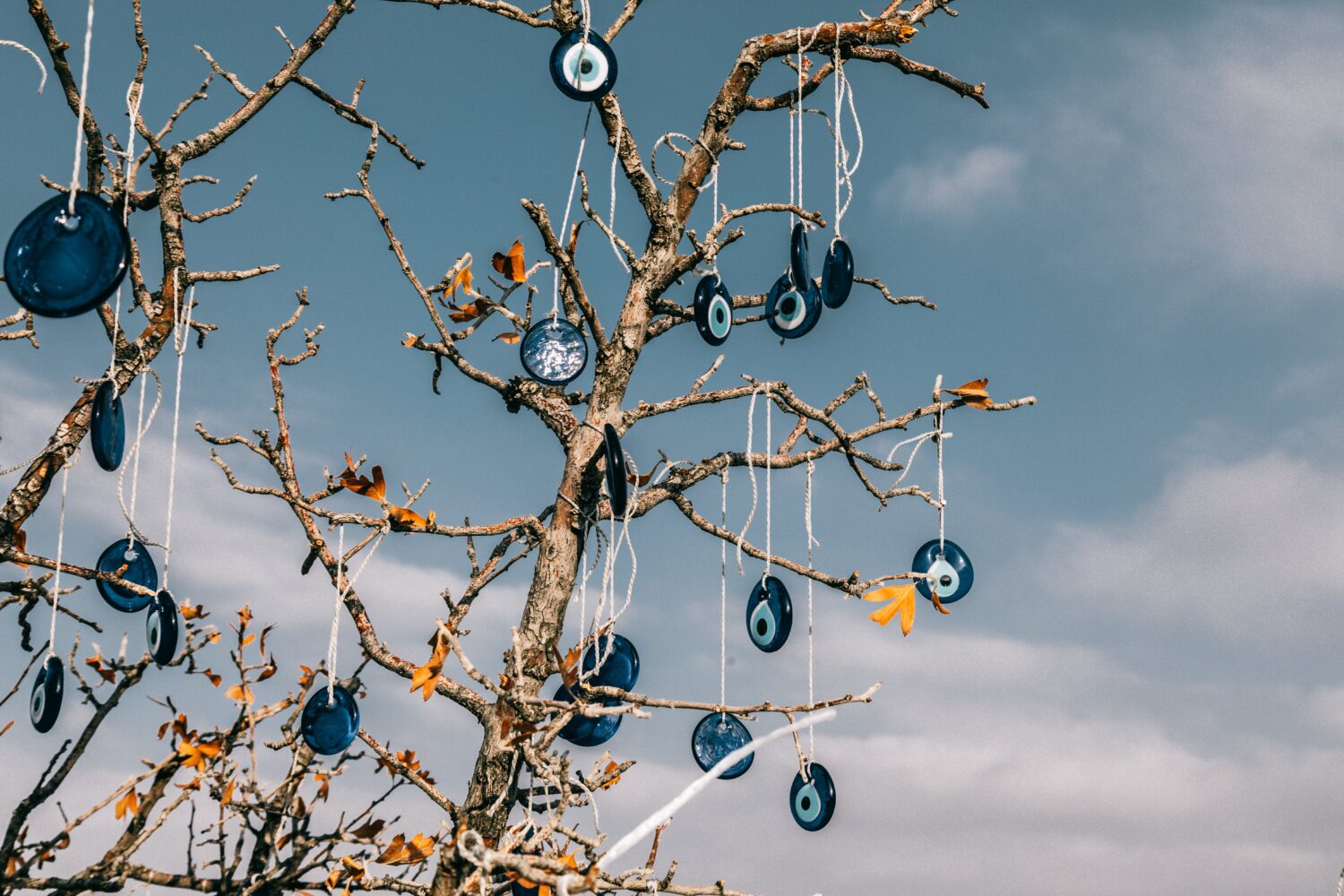
Spitting Sounds
Making spitting sounds at weddings or baptisms is a fascinating aspect of Greek culture, including Crete, that often piques the interest of those unfamiliar with local customs. This tradition is deeply symbolic, serving as a form of protection against the Evil Eye and a wish for good luck. Despite what it might sound like to the uninitiated, it involves no actual spitting; instead, it’s a symbolic gesture meant to ward off evil spirits and bad fortune.
The Symbolic Act of “Spitting”
In Greek culture, the act of spitting — or, more accurately, making a spitting sound, typically represented by saying “ptou, ptou, ptou” — is a protective measure against the Evil Eye. This tradition stems from the belief that envy and negative thoughts from others can harm the person being envied. People symbolically “spit away” the bad luck or evil spirits by making spitting sounds, thereby protecting the individual in question.
Spitting Sounds at Weddings
At weddings, this tradition is particularly poignant. The ceremony and the following festivities are joyous occasions but also present opportunities for envy, making the newlyweds vulnerable to the Evil Eye. Relatives and close friends of the couple might lightly spit towards them — again, not literally but symbolically — to protect them from ill wishes. This act is often accompanied by blessings and good wishes for the couple’s future together, emphasizing the community’s support and love for them.
Spitting Sounds at Baptisms
Similarly, the godparents or other attendees might perform the same symbolic spitting during baptisms to protect the child from the Evil Eye. In this context, the act underscores the community’s collective wish for the child’s health, happiness, and protection from negative influences. The ritual highlights the significance of communal bonds and shared wishes for the well-being of the newest member of their cultural and religious community.
Cultural Significance
This tradition underscores the deep-seated belief in the power of the Evil Eye and the importance of communal protection and good wishes in Greek culture. It’s a unique blend of affection, protection, and tradition, highlighting the community’s role in safeguarding its members from harm. While it may seem unusual to outsiders, reinforcing social bonds and communal well-being is a significant practice.
Modern Interpretations
In modern times, while the core traditions remain, the practice of making spitting sounds has been adapted and sometimes softened in its application, especially in more urban or cosmopolitan settings. However, it continues to be a meaningful expression of care and protection, reminding us of the enduring nature of cultural traditions and their ability to adapt to changing times.
Conclusion
The practice of making spitting sounds at weddings and baptisms in Crete and throughout Greece is a vivid example of how cultural traditions serve not only as a link to the past but also as a living part of contemporary life. These rituals, rich in symbolism and communal significance, highlight the enduring human need for protection, connection, and the blessing of those we hold dear. Through such customs, communities in Crete and beyond continue to weave the fabric of their shared cultural identity, celebrating life’s milestones with an eye towards their historical roots and the future they hope to shape together.
